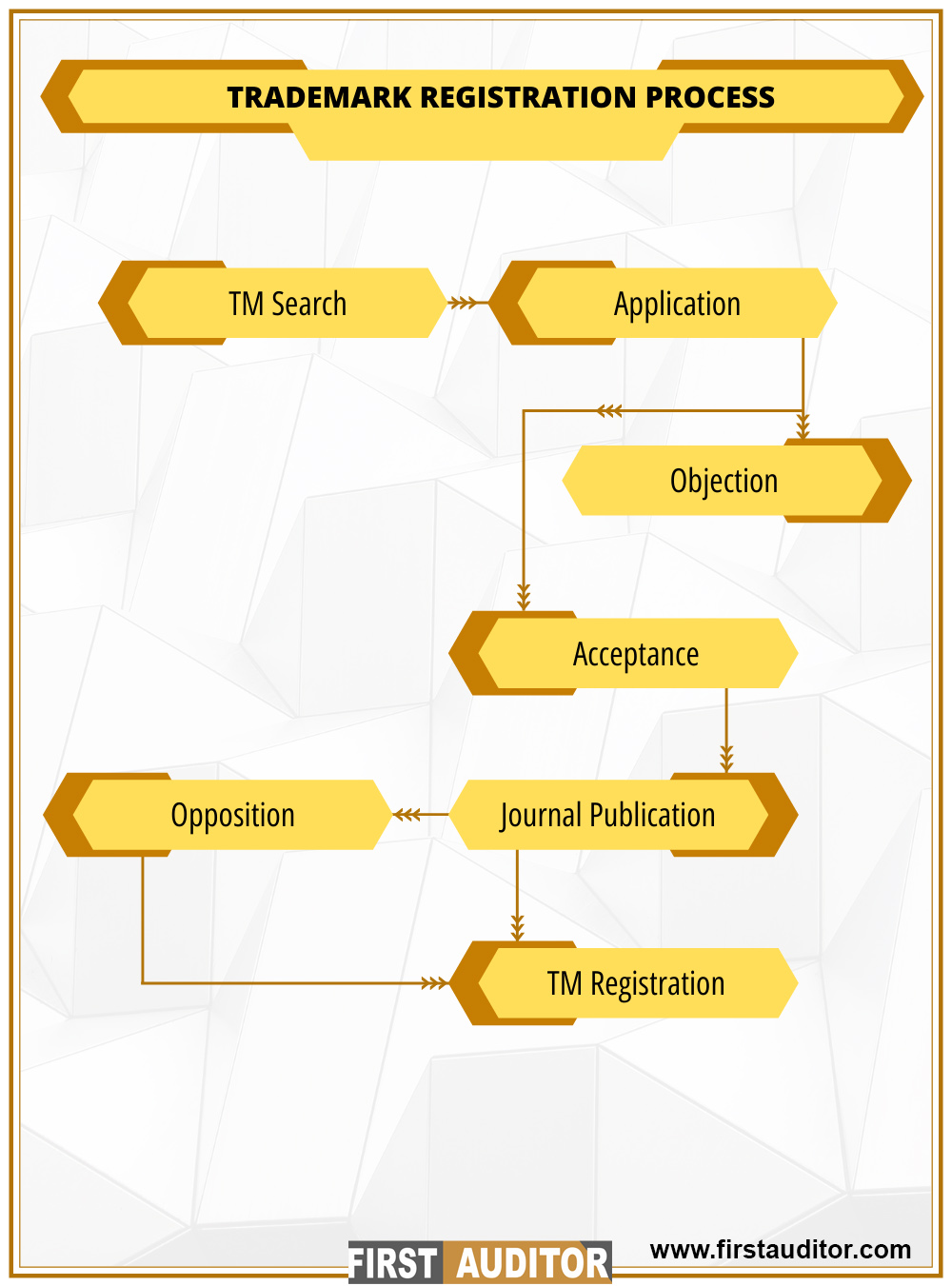A trademark is a graphic symbol, which could be a word, name, object, label, or set of numbers, that a company uses to set its products apart from those made by rival companies. A registered trademark serves to safeguard a company's investment in its brand or logo as an intangible asset or piece of intellectual property. If a trademark is distinctive for the products and services you offer, it might be registered. A proposed trademark cannot be registered if it is the same as or nearly identical to an already registered trademark. Additionally, trademarks that are insulting, generic, misleading, lack distinctiveness, contain specifically protected insignia, etc. are not registrable.

In 2010, an amendment to Section 23 of the Trademark Act, which governs mark registration, took effect. According to the amendment, a clause was added to the provision that states that, unless the Central Government directs otherwise, the Registrar must register the trademark within eighteen months of the application's filing date once it has been accepted and not opposed, or if opposed and found in the applicant's favour.
In the event that no third party files an opposition, the procedure of trademark registration generally takes between 18 and 24 months to complete.
Trademark registration is a legal process of securing exclusive rights to use a unique mark or logo that identifies your brand or business. It offers protection from misuse by third parties and helps establish brand identity.
Trademark registration provides legal protection, prevents unauthorized use, builds brand credibility, and creates intangible assets for the business. It also grants nationwide ownership and exclusive rights to use the mark.
Any individual, business, or legal entity can apply for a trademark to protect their brand or logo. It is important to ensure that the mark is unique and not already in use by another party in the same industry.
The process involves filing an application, undergoing an examination, responding to objections if any, and finally getting the mark published in the Trademark Journal. Once approved, the trademark is registered and protected under law.
A trademark is valid for 10 years from the date of registration and can be renewed indefinitely. Renewal applications must be filed within six months before the expiration of the current term to maintain the rights.